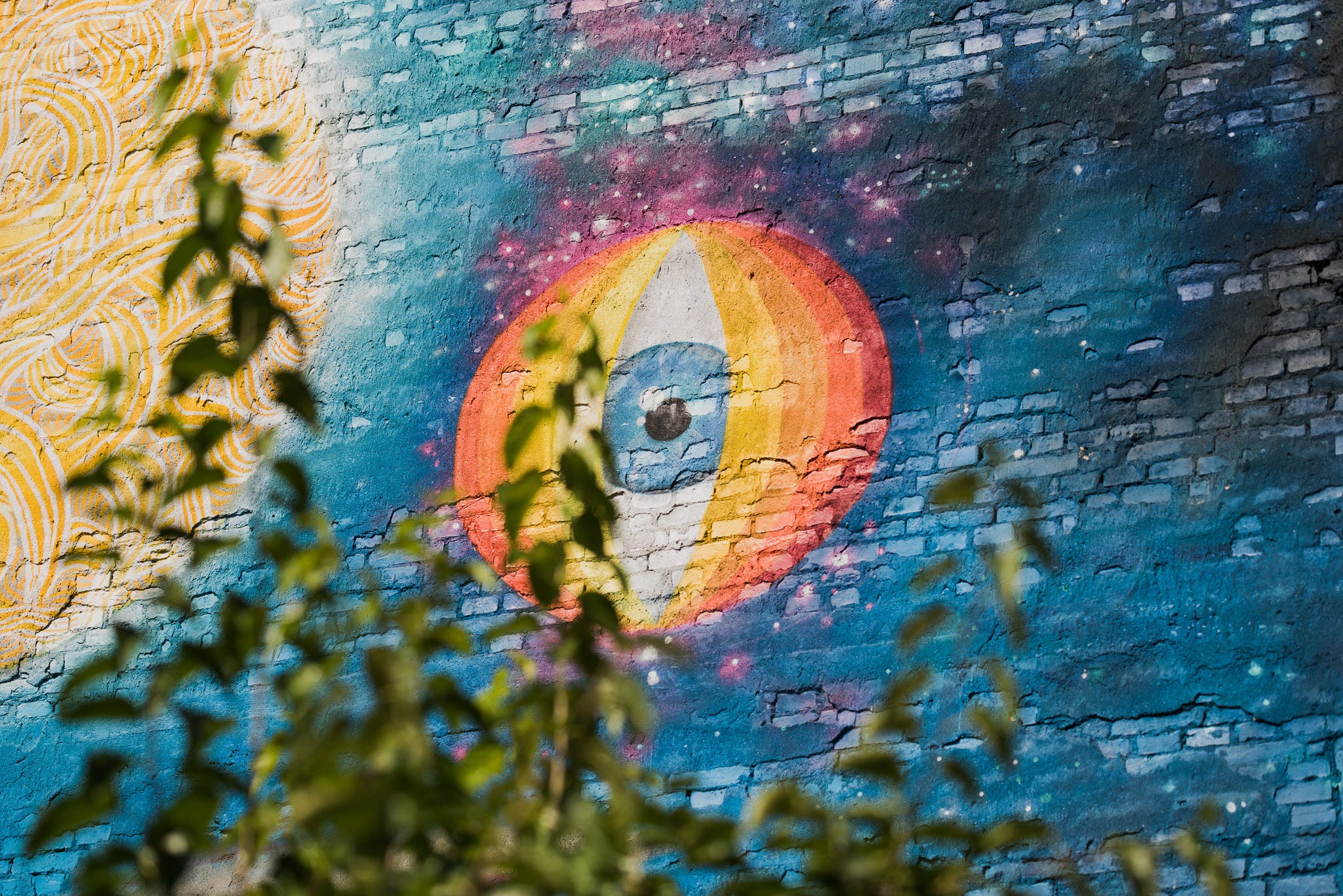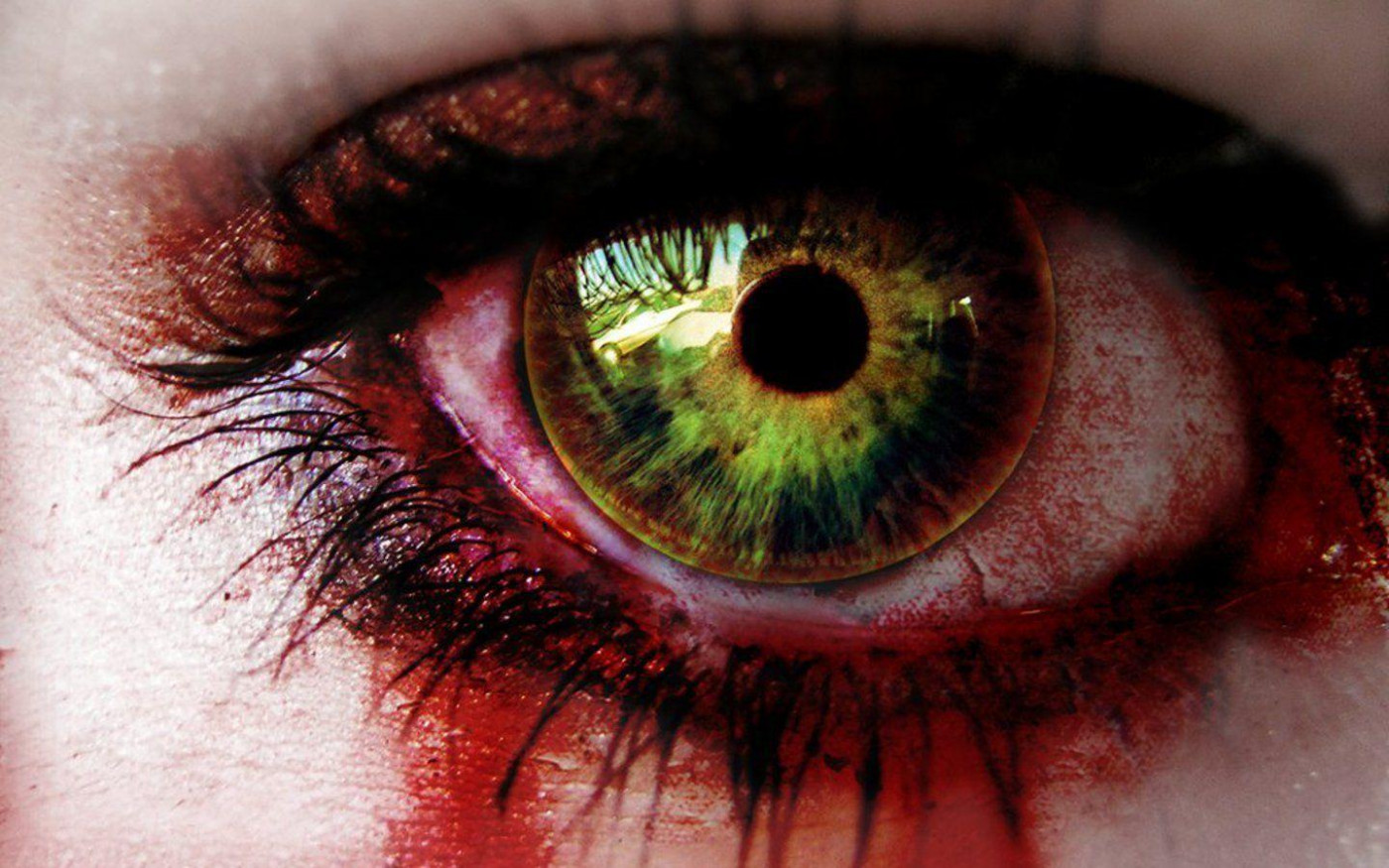If we want to live in a world that is made up of things, a world that is made up of ‘nameable bits’, then we have to live within the remit of Polarity. When we do this we get to live in a bounded, and therefore definable, domain. This is the only way we can do this – the only possible way – but there is a problem, a consequence that we didn’t see coming. We didn’t see it coming and we won’t see it when it arrives, either.
The problem is that we can’t divide Wholeness – we assume that we can, but when we go ahead and try to do this we transition into a world, a virtual world that is made up entirely of surfaces, or appearances. In the virtual world of our thoughts there are ‘appearances but no content’ and because there are appearances but no content these appearances ‘rule the roost’ – they get to qualify as reality itself. They’re ‘the boss’. This – then – is what it means to be living in the World of Appearances.
We have traded content for a world that consists entirely of defined abstract surfaces so that whilst we might know what things are (in a strictly virtual kind of a way) the price for this feature is that we have transitioned invisibly into a world of meaninglessness, since it doesn’t mean anything to go around saying what things are. All definitions (all ‘labels’) are ultimately quite meaningless (since they refer only to our own artificial categories, not the underlying unitary reality that we are trying to categorize), and yet we place an awful lot of credence in them. We place total credence in them. We have therefore exited imperceptibly into a World of Absurdity that we cannot see as such.
The problem that we are incapable of perceiving is that polarity is a ‘closed shop’. Everything is fixed (which is to say, ‘predefined’) in a polarity but the polarity sells itself to us on the strength of it not being fixed, on the strength of it containing actual new possibilities. The virtual reality that is created by thought is fixed forever – it’s all predetermined and the script can’t ever be changed. It is more than just a little bit like capitalism in this regard in that we are cajoled into playing on the basis that we can become millionaires if we put in the work, when the truth is of course that it’s a rigged game and always has been. It’s not about opportunity, it’s about the powerful exploiting the hell out of the powerless and trying to make out that this isn’t what they’re doing.
As a result of being suckered in this way we put in all the work, but we get nothing in return. The polarity works on the well-known principle of ‘never give a sucker an even break’ – no matter how much effort we put in, no matter how much we believe that the system will work for us, we always come out with nothing! We could – if we wanted – equate the polar world with the eastern concept of Samsara, the thing about Samsara being that no matter how long we spend in it (looking for treasure, as it were) we always return empty handed. As Padmasambhava says in his commentary on the Tibetan Book of the Dead –
Entranced by the pointless activities of this life, If you were to return empty-handed now, would not your [life’s] purpose have been [utterly] confused?
The whole point about samsara (or about polarity) is that we never do learn this and as a result we will, if we can, keep at it forever. ‘Hope springs eternal’, so it is said.
Polarity, by its very nature, has to be a closed shop and it’s not too hard to see this. The way polarity works is by containing everything (or enclosing everything) between <positive> at one end and <negative> at the other; it is taken for granted by all of us who live in polarity that if anything exists, then it must necessarily be definable in terms of plus versus minus (which is to say, in terms of the ‘overarching framework’). This is a very peculiar thing however – it’s a very peculiar thing because the polarity (or the framework) is automatically assumed to be ‘the measure of all things’. The polarity is automatically (i.e., unconsciously) assumed to be the standard by which the existence or non-existence of all things is determined.
It’s not that the framework itself ‘assumes’ anything (because it isn’t capable of that) but rather that when we align our way of looking at the world with the framework – and allow it to shape our perception of the world – then we assume that the framework is the measure of all things. We’re ‘using a tool and then forgetting that we’re using it’ and as a result of our forgetfulness in this regard we are automatically assuming that our way of looking at things is the only way (since the framework – being a closed shop – is incapable of admitting to the existence of any other valid viewpoints). Our ‘device’ has sneakily ‘turned the tables on us’ and now it calls the shots. Once adapted to the Closed World (the Deterministic World that is created for us by the framework) we become afraid of the possibility of finding out that there might be other ways of looking at the world and so we become our own gaolers. We have become Fearers of the Truth, which is hardly a good basis from which to live life. This unsound basis is what gives rise to the Conservative Mode of Being which is – if only we could see it – a form of living death.
Life isn’t possible within a Closed World – only the mockery of life is permitted (as is the case in any totalitarian system) – all we can ever do is ‘go through the motions’ and validate this mechanical activity as being the way things are supposed to be done. It’s not life, but we keep on telling ourselves that it is. The hype is that it is life; the glossy promotional literature tells us that it is life, and so just as long as we don’t’ get too nosey as to what’s really going on we won’t know the difference. It doesn’t pay to be conscious in the world of virtual appearances – the Demiurge doesn’t like us to be conscious, as is well known! To adapt ourselves to the closed (or deterministic) world that thought provides us with is to make ourselves subject to fear – the two go together because the only way we can get to live in the world of things, the world that is made up of ‘nameable parts’, is to align ourselves with the framework and buy into the full-scale denial that this entails. We need to buy into the wholesale denial of reality itself and what else is ‘the wholesale denial of reality itself’, if not fear?
We like to live in the world of things because ‘there is comfort in things’ – things are always what they are said to be – they are obedient in this way. Things are never not what we think they are, and this is very comforting, very reassuring for us. This is fundamentally reassuring for us, it is fundamentally reassuring for us for the simple reason that our whole fear is about ‘things not being what we think they are’, ‘not being what we say they are’. ‘Things not being what we say they are’ is the Gateway to Ontological Terror – if there is even a hint that things might not be what they seem then this is extraordinarily disturbing for us. The possibility that ‘reality is not what we in our blasé manner take it to be’ is itself our greatest fear. This is existential terror in a nutshell if reality is not what we say it is then the Big Thing that we are denying (which is Wholeness itself) will start to reveal itself…
When we close the book we want it to stay closed, in other words; We totally want it to stay closed; by ‘shutting the book’ – by ‘closing our accounts with reality,’ as Henry James puts it, we ensure that we have something to ‘hang onto’ and the fact that what we’re hanging onto doesn’t in any way represent the reality of our situation – the reality of our situation (where all appearances are fluid, and all assumptions are strictly provisional) doesn’t figure at all when it comes down to it. Fear means that we care nothing at all about what’s really out there (or what’s really going on); fear – we might say – is the perfect antithesis of curiosity or ‘taking an interest’, which is our natural (or ‘non-fearful’) state of being. When Ontological Terror kicks in we have to decide very quickly what side our allegiance lies on, and the side we go with is of course the side that is against the truth. What we’re overwhelmingly interested in is ‘never taking out the risk of finding out what’s really going on’; what we’re interested in is ‘the convenience lie’ and this leads on to the situation where everything becomes about propping up the lie, and propping up the lie is a task that never ends. Our so-called ‘life’ becomes nothing more than ‘the ongoing futile struggle to maintain the banal fiction that things are only what we say they are’ (whilst implicitly claiming that this is not what we’re doing). To say that there is precious little dignity for us in this situation is of course to seriously understate the matter…
‘Propping up the lie’ is what the unconscious life is all about, therefore; it is the type of life where we are forever playing the Waiting Game, waiting (supposedly) to live but never actually doing so. We don’t see that we’re ‘playing the Waiting Game’; we wouldn’t agree with that at all – as far as we’re concerned we’re engaged in the type of prudent activity that will – in time – bring about good results. What we can’t for the life of us see is that there is no such thing as ‘a good result’ – there’s no such thing and there never could be. There’s no such thing as ‘a good result’ (or ‘the correct outcome’) because results or outcomes are thoughts, and as such they are unreal. There are simply no conclusions to be drawn in the universe of Eternal Flux – it’s not going anywhere, and it never was. To live in a world of outcomes (be they good or bad) is to live in a world that we ourselves have made up. Goals only exist in our games. Outcomes are ‘the projections of the one who hopes to benefit from them’; our goals are ‘the projections of the one who hopes to earn some kind of bonus payment as a result of attaining the said goal’. What we don’t want to see in all this is that ‘the one who hopes to win the game’ is every bit as much a construct of the game as ‘winning’ is…
Image credit – pinterest.com






